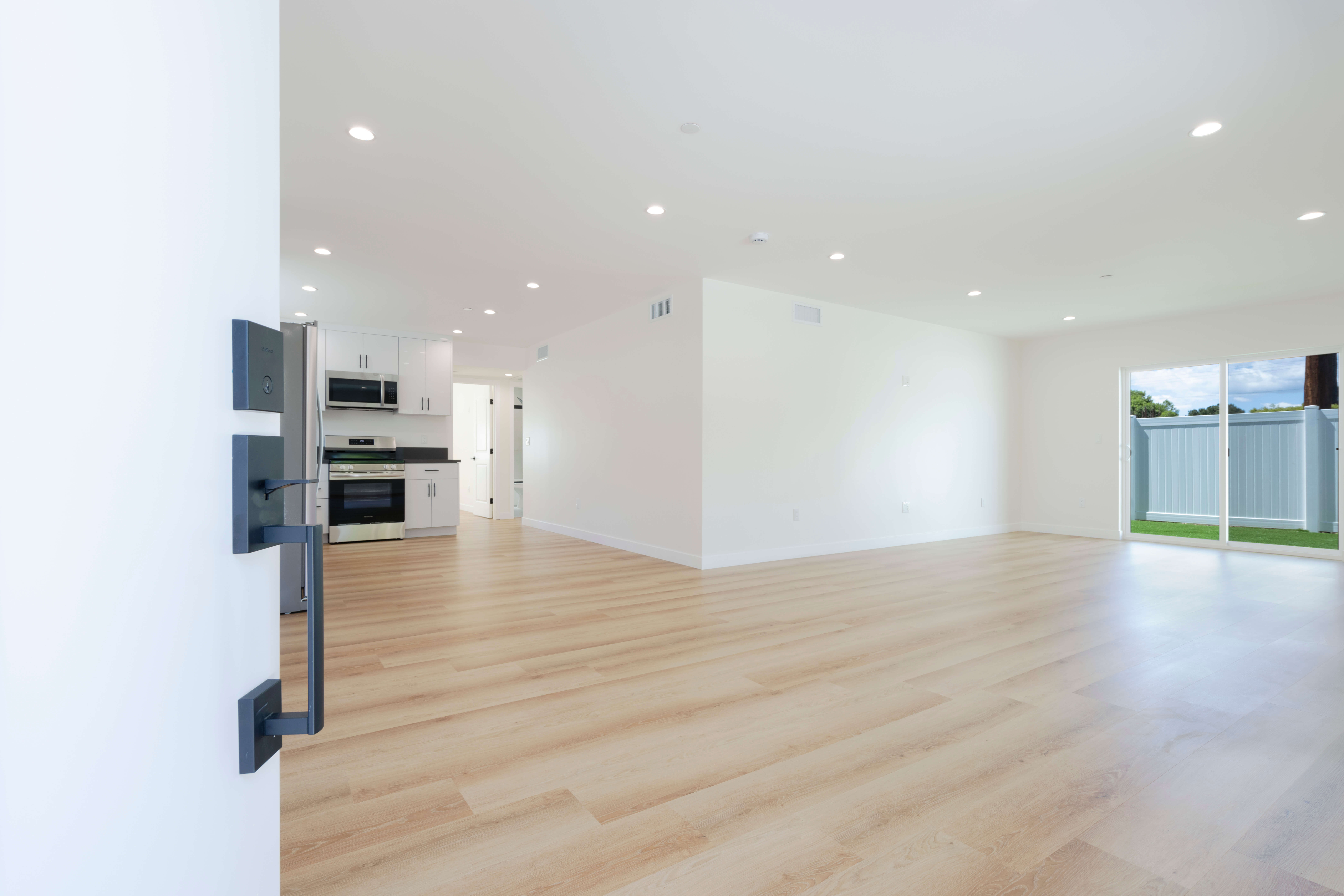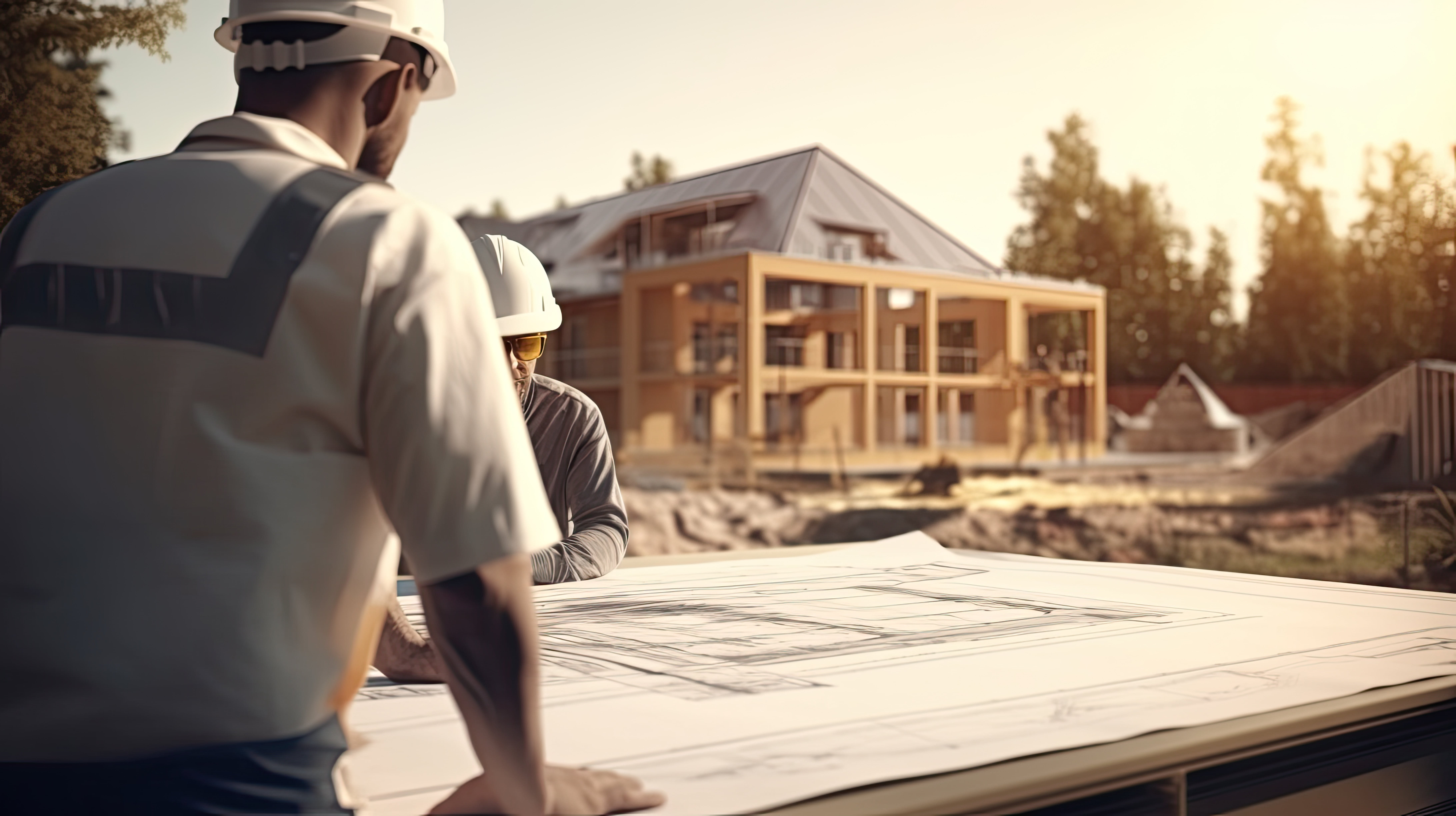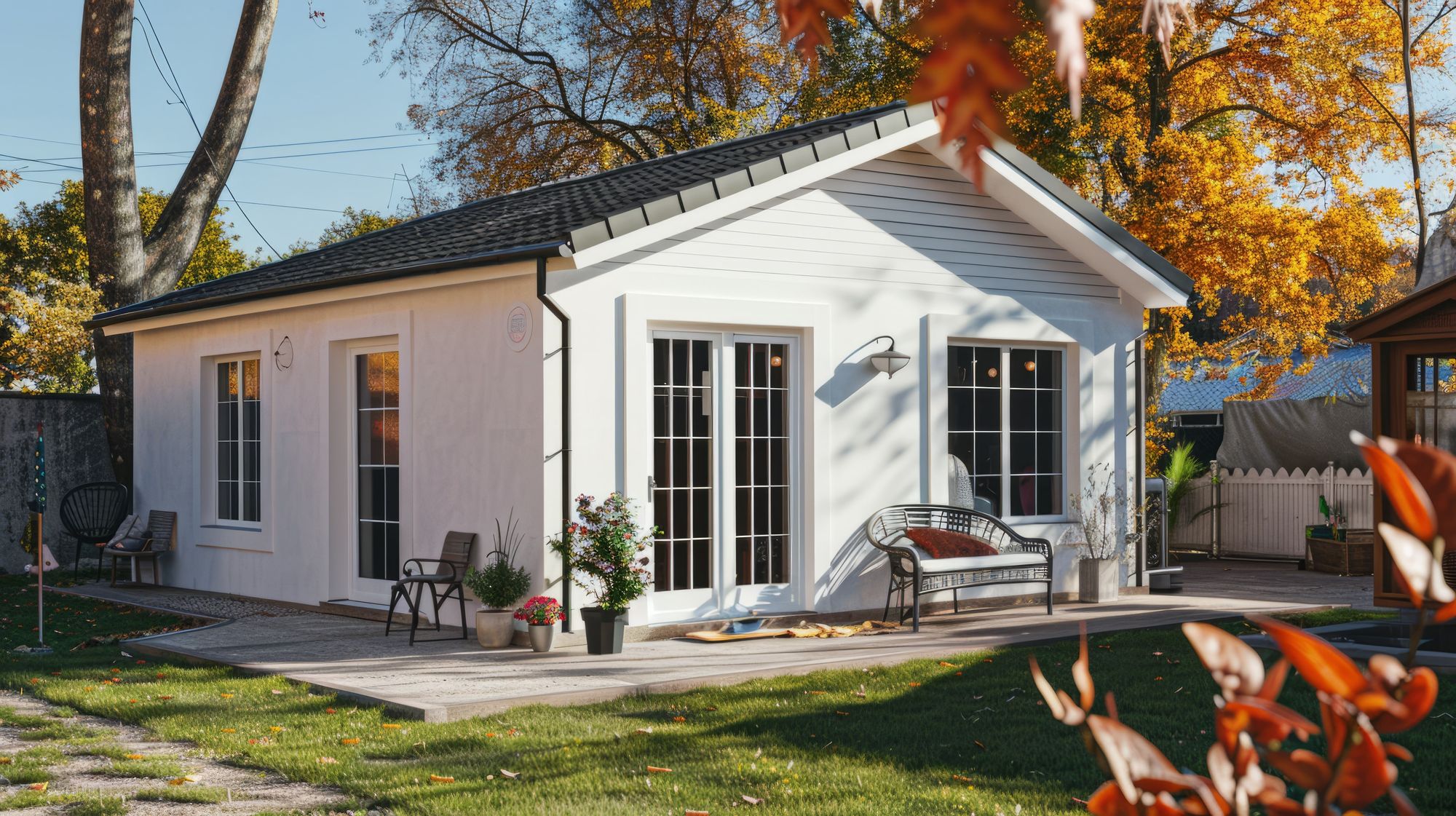Energy Efficiency in Modern ADU Design
Energy-efficient ADUs provide multiple benefits: lower operating costs for tenants, reduced environmental impact, increased property values, and access to rebates and incentives. Smart energy planning during design and construction maximizes these benefits.
Benefits of Energy-Efficient ADUs
- Lower Operating Costs: Reduced utility bills increase tenant appeal
- Higher Rental Rates: Energy efficiency justifies premium pricing
- Increased Property Value: Green features add resale value
- Rebates and Incentives: Utility and government programs offset costs
Building Envelope Optimization
Creating an efficient thermal boundary:
Insulation Strategies
- Continuous insulation to eliminate thermal bridges
- High-performance insulation materials (spray foam, mineral wool)
- Proper air sealing and vapor barrier installation
- Basement and crawl space insulation strategies
Window and Door Performance
- Double or triple-pane windows with low-E coatings
- Proper window orientation for passive solar gain
- Insulated exterior doors with weatherstripping
- Window shading strategies for summer cooling
Roof and Foundation Systems
- Cool roofing materials and reflective surfaces
- Adequate attic ventilation and insulation
- Basement and slab insulation strategies
- Moisture management and vapor control
HVAC System Efficiency
Optimal heating and cooling solutions:
High-Efficiency Systems
- Heat pump systems for heating and cooling
- High SEER air conditioning units
- Variable speed and modulating equipment
- Proper system sizing and load calculations
Ductwork and Distribution
- Sealed and insulated ductwork
- Proper duct sizing and design
- Ductless mini-split systems for efficiency
- Zoning and control strategies
Smart Controls
- Programmable and smart thermostats
- Occupancy sensors and scheduling
- Remote monitoring and control capabilities
- Integration with home automation systems
Electrical and Lighting Efficiency
Reducing electrical consumption through smart design:
LED Lighting Systems
- High-efficiency LED fixtures throughout
- Dimmable controls and daylight harvesting
- Motion sensors for automatic control
- Natural lighting optimization strategies
Electrical Panel and Wiring
- Proper electrical sizing and load management
- Energy monitoring capabilities
- EV charging preparation
- Smart electrical panel options
Appliance Selection
- ENERGY STAR certified appliances
- Induction cooking and efficient water heating
- High-efficiency washer and dryer options
- Smart appliances with energy monitoring
Water Heating and Plumbing Efficiency
Reducing water heating costs and consumption:
Water Heating Options
- Tankless water heaters for on-demand heating
- Heat pump water heaters for efficiency
- Solar water heating systems
- Proper insulation and pipe wrapping
Water Conservation
- Low-flow fixtures and faucets
- Efficient toilets and showerheads
- Greywater recycling systems
- Leak detection and prevention
Plumbing Design
- Compact plumbing layouts to reduce waste
- Insulated hot water lines
- Recirculation pumps for instant hot water
- Water filtration and treatment systems
Renewable Energy Integration
Solar and other renewable energy options:
Solar Photovoltaic Systems
- Rooftop solar panel installation
- Battery storage for energy independence
- Net metering and utility interconnection
- Solar incentives and financing options
Solar Design Considerations
- Roof orientation and shading analysis
- System sizing for ADU electrical loads
- Integration with main house systems
- Future expansion capabilities
Alternative Renewable Options
- Small wind systems (where applicable)
- Geothermal heat pump systems
- Micro-hydroelectric systems
- Passive solar design strategies
Smart Home Technology
Technology solutions for energy management:
Energy Monitoring
- Whole-house energy monitoring systems
- Individual circuit monitoring
- Smart meter integration
- Real-time usage feedback for tenants
Automated Controls
- Smart thermostats with learning capabilities
- Automated lighting and shade controls
- Smart water heater controls
- Load management and demand response
Integration and Connectivity
- Central home automation hubs
- Mobile app control and monitoring
- Voice assistant integration
- Cloud-based analytics and reporting
Green Building Certifications
Third-party verification of efficiency performance:
LEED Certification
- LEED for Homes rating system
- Point accumulation strategies
- Documentation and verification requirements
- Market value and marketing benefits
ENERGY STAR Certification
- ENERGY STAR Certified Homes program
- Performance testing requirements
- Quality installation verification
- Marketing and value advantages
Other Green Standards
- California Green Building Standards (CALGreen)
- Passive House certification
- Net Zero Energy building targets
- Local green building programs
Incentives and Rebates
Financial benefits for energy-efficient construction:
Federal Incentives
- Solar Investment Tax Credit (30% through 2032)
- Energy efficiency tax credits
- Heat pump and water heater rebates
- Electric vehicle charging incentives
State and Local Programs
- California Self-Generation Incentive Program
- Utility rebate programs
- Local government incentives
- Property tax exemptions for solar
Financing Options
- PACE financing for energy improvements
- Utility on-bill financing programs
- Solar lease and power purchase agreements
- Green building loan programs
Cost-Benefit Analysis
Evaluating investment returns:
Upfront Cost Considerations
- Premium for high-efficiency equipment
- Installation complexity and labor costs
- Permit and inspection requirements
- Available rebates and incentives
Long-Term Savings
- Reduced utility costs and operating expenses
- Increased property value and rental rates
- Lower maintenance and replacement costs
- Protection against energy price increases
Future-Proofing Strategies
Designing for evolving technology and regulations:
- Pre-wiring for future solar and battery storage
- EV charging infrastructure preparation
- Smart home technology expandability
- Compliance with evolving energy codes
Professional energy efficiency planning ensures optimal performance while maximizing available incentives and long-term value creation.



